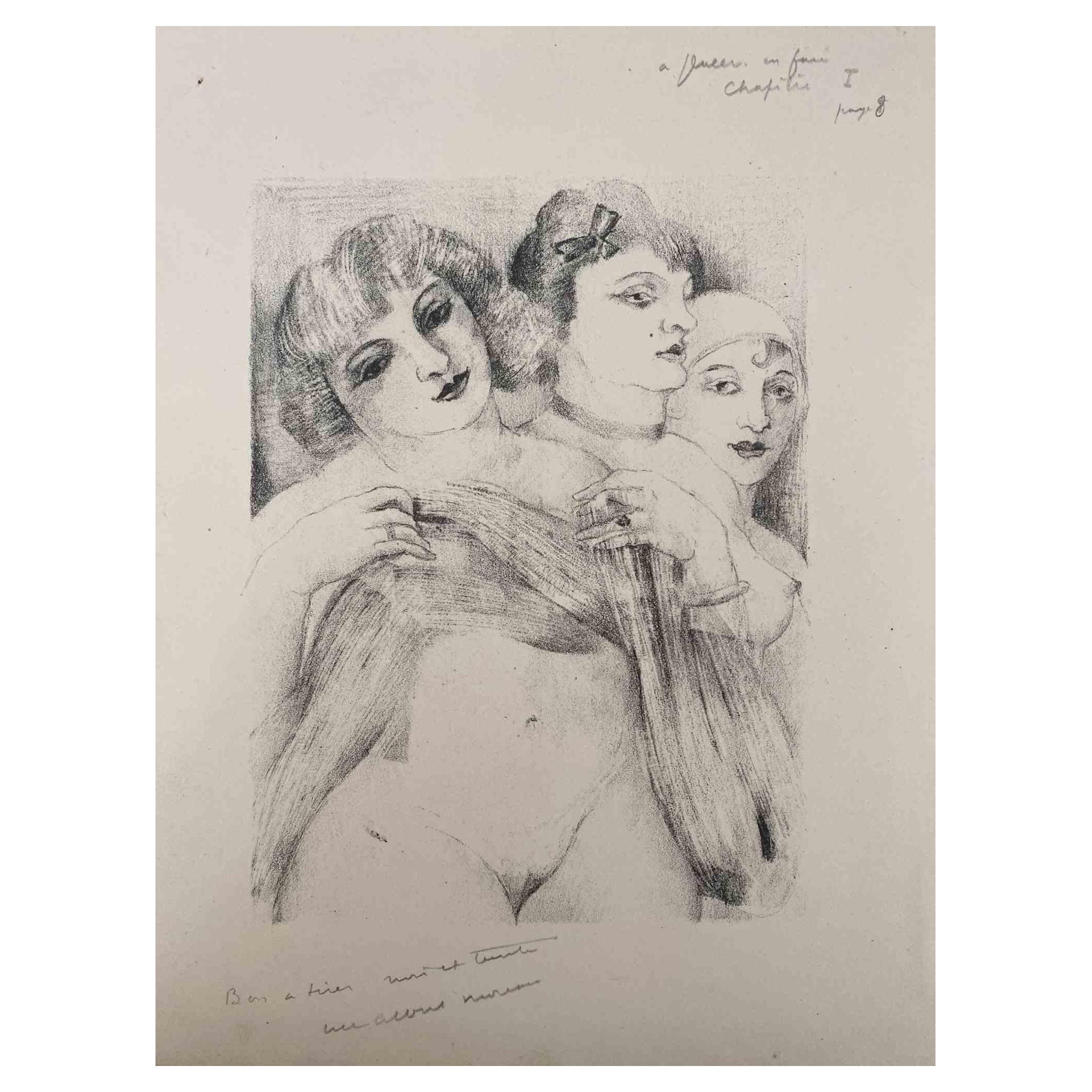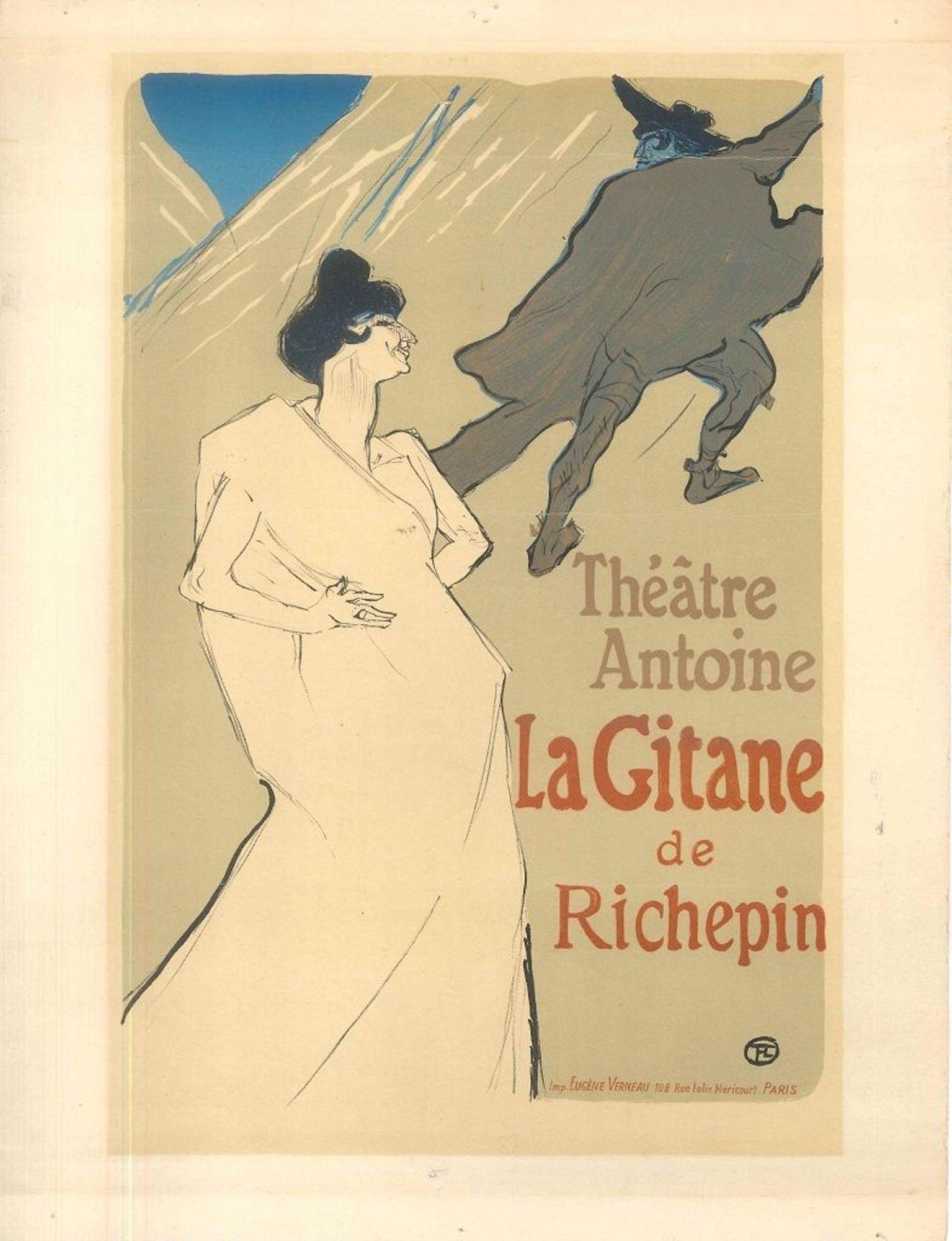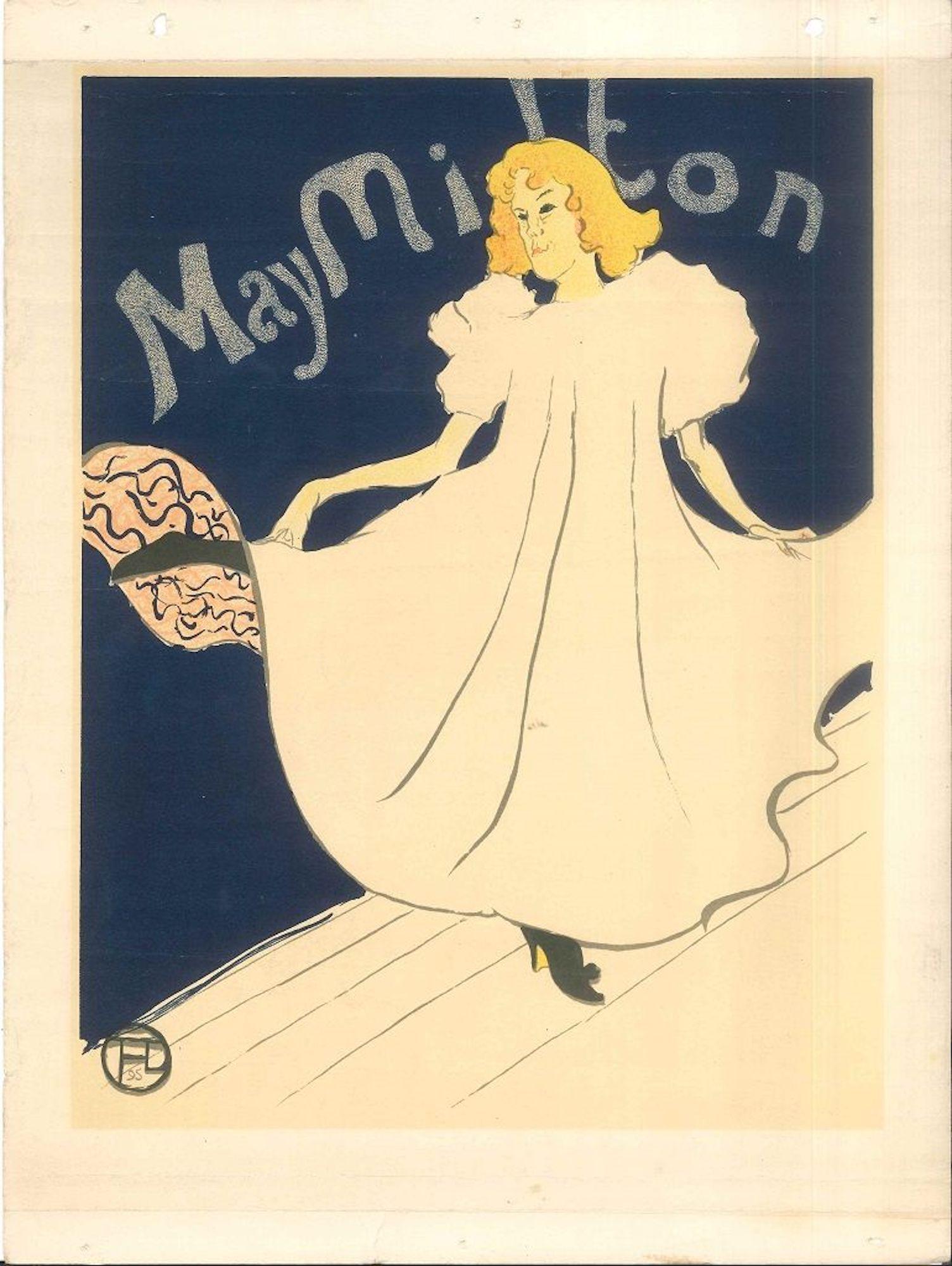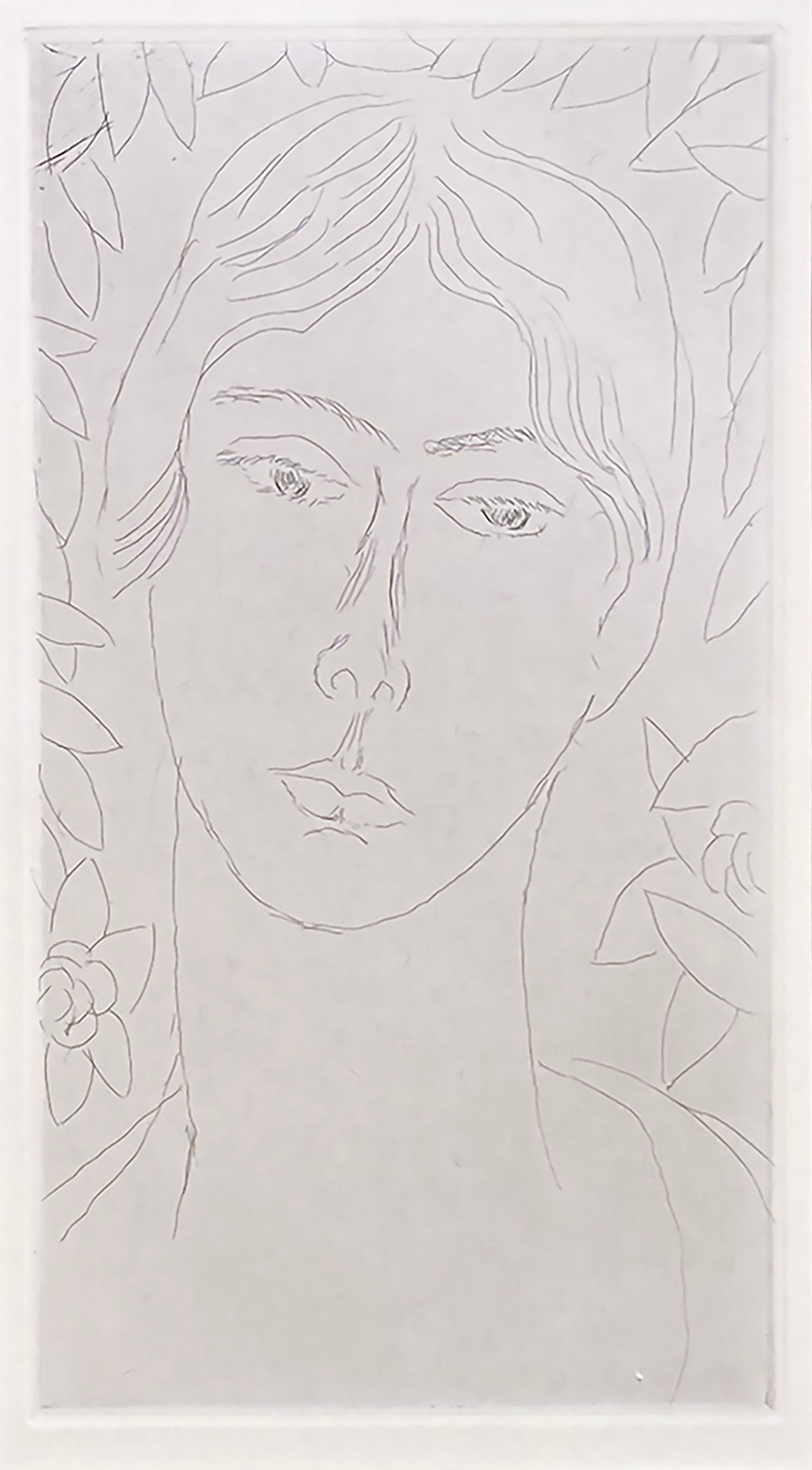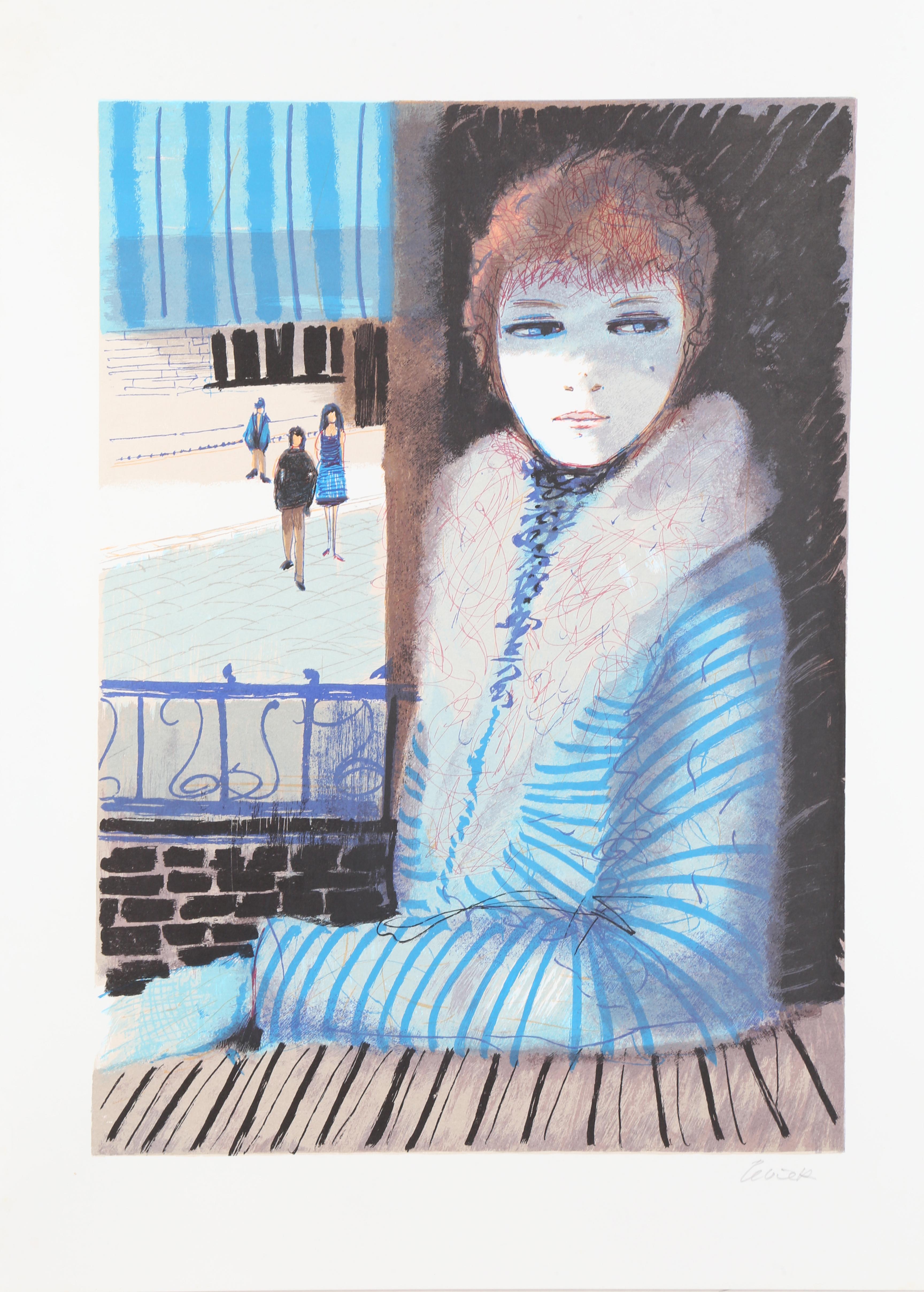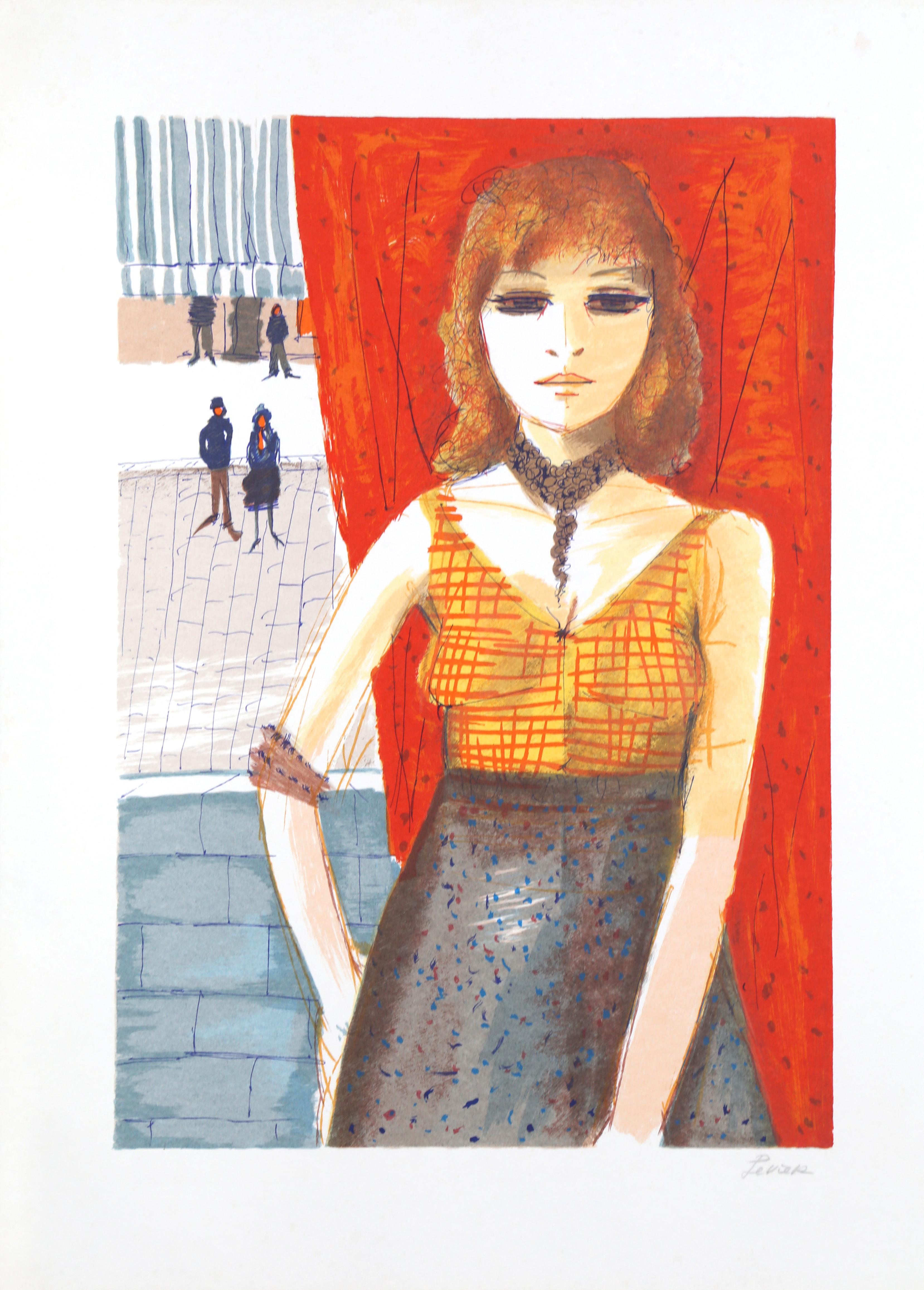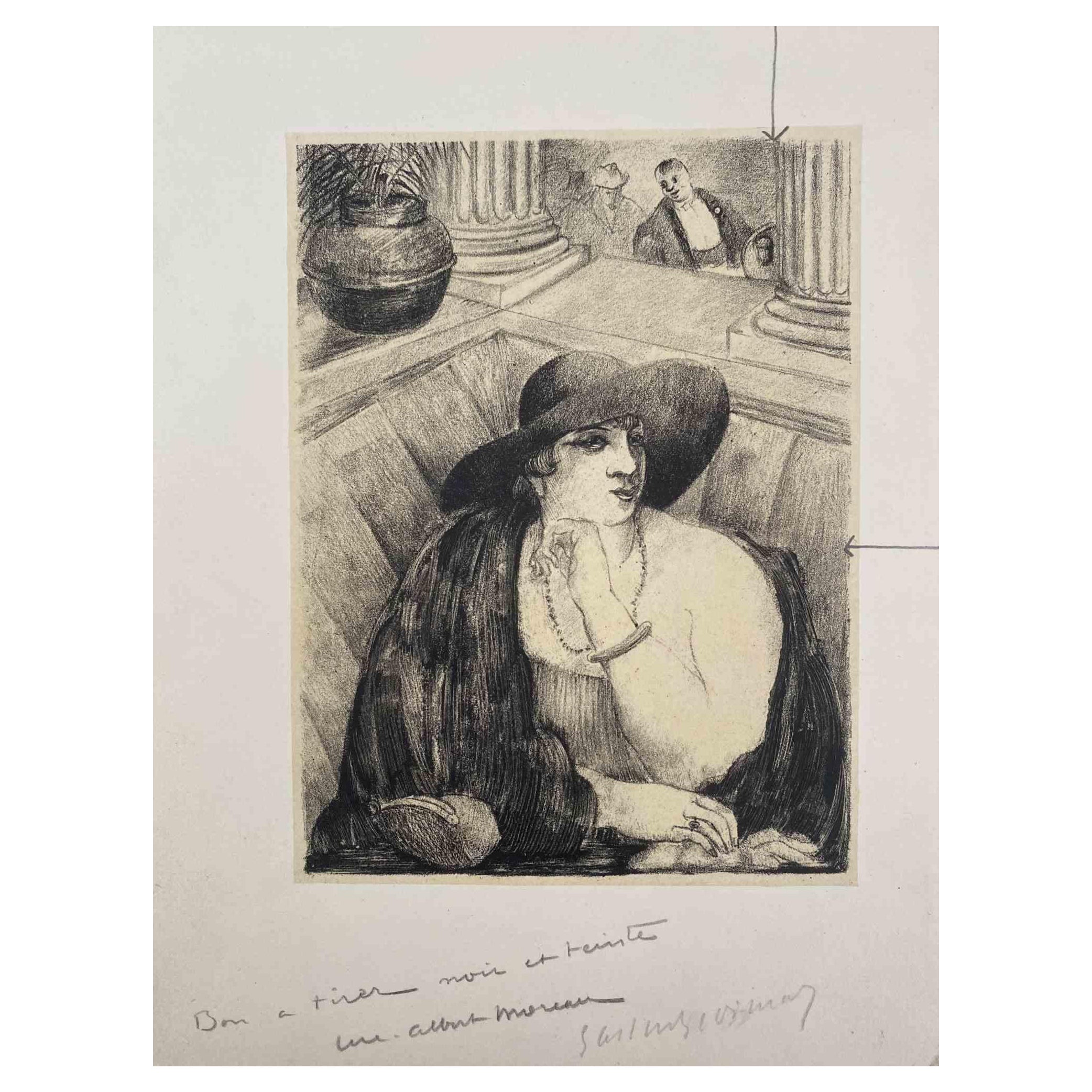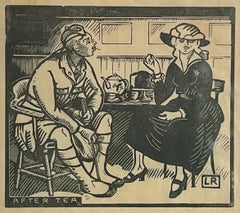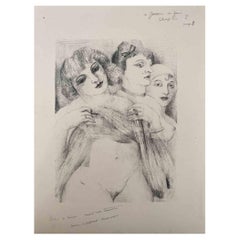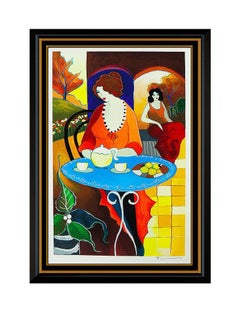
Itzchak Tarkay Embossed Color Serigraph Hand Signed Tea Time Cafe Lady Artwork
1 of 8
Itzchak TarkayItzchak Tarkay Embossed Color Serigraph Hand Signed Tea Time Cafe Lady Artwork
About the Item
- Creator:Itzchak Tarkay (1935 - 2012, Israeli)
- Dimensions:Height: 30 in (76.2 cm)Width: 22 in (55.88 cm)
- More Editions & Sizes:Edition of 450Price: $1,295
- Medium:
- Movement & Style:
- Period:
- Condition:
- Gallery Location:Bloomington, MN
- Reference Number:1stDibs: LU123016580352
Itzchak Tarkay
Itzchak Tarkay (1935 – June 3, 2012) was an Israeli artist. Tarkay was born in 1935 in Subotica, on the Yugoslav-Hungarian border. In 1944, Tarkay and his family were sent to the Mauthausen, a Nazi concentration camp, until Allied liberation freed them a year later. In 1949, his family emigrated to Israel, living in a Kibbutz for several years. Tarkay attended the Bezalel Academy of Art and Design from 1951, and graduated from the Avni Institue of Art and Design in 1956. Tarkay's art is influenced by French Impressionism and Post-Impressionism, particularly Matise and Toulouse-Lautrec. His work was exhibited at the International Art Expo in New York in 1986 and 1987. He has been the subject of three books, published by Dr. Israel Perry. Perry Art Gallery And Park West Gallery, his dealer. His art is focussed on almost dream images of elegant women in classical scenes which draw you into an imaginary world.
Few realize that Tarkay's early works were done by him personally to completion, but his later works were drawn by him and then colored in by helping artists on staff. This increased production, but that additional inventory reduced value of his total body of work. Today, the most important works by Tarkay are those that were done by his hand without assistance from others. Few dealers recognize this and many of Tarkay's pieces are not sorted out to distinguish his works from the works done by helper assistants to Tarkay. The value of "original" Tarkay works should increase in value, as Tarkay collectors begin to recognize the limited number of original works he made as opposed to the greater production which came later in Tarkay's career Tarkay's wife is Bruria Tarkay. They have two sons, Adi and Itay Tarkay. On June 3, 2012, Tarkay died. Tarkay was 77.
You May Also Like
- After Tea by Ludovic-Rodo Pissarro - Wood engravingBy Ludovic-Rodo PissarroLocated in London, GBAfter Tea by Ludovic-Rodo Pissarro (1878-1952) Wood engraving 12 x 13.2 cm (4 ³/₄ x 5 ¹/₄ inches) Initialled and titled in the plate Executed circa 1917 Artist biography Ludovic-Rod...Category
1910s Post-Impressionist Figurative Prints
MaterialsWoodcut
- Three Nude Women - Original Lithograph by Luc-Albert Moreau - Early 20th CenturyBy Luc-Albert MoreauLocated in Roma, ITThree Nude Women is an Original Lithograph on ivory-colored paper realized by Luc Albert Moreau. The artwork is in good condition with slight foxing. Hand-signed on the lower. Lu...Category
Early 20th Century Post-Impressionist Portrait Prints
MaterialsLithograph
- La Gitane de Richepin - Litho After H. de Toulouse-LautrecBy (After) Henri Toulouse LautrecLocated in Roma, ITImage dimensions: 26.5 x 20.5 cm. La Gitane de Richepin is a chromolithographed poster, monogrammed on plate on the lower right margin by the French bohemian artist Henri de Toulouse-Lautrec...Category
1950s Post-Impressionist Figurative Prints
MaterialsLithograph
- May Milton - Litho After H. de Toulouse-LautrecBy (After) Henri Toulouse LautrecLocated in Roma, ITImage dimensions: 29 x 20 cm. May Milton is a beautiful chromolithographed Art Nouveau poster, monogrammed and dated on plate on the lower left margin by the French artist Henri de Toulouse-Lautrec. A wonderful reduction of the famous Moulin Rouge poster...Category
1950s Post-Impressionist Figurative Prints
MaterialsLithograph
- Portrait of Woman - Lithograph by E. Laurent - 1901 ca.By Ernest LaurentLocated in Roma, ITPortrait is a splendid lithograph realized by the French painter and engraver M. Ernest Laurent from one of his own works exhibited at the Salon in 1901. On the lower left, below the image, “Gazette des Beaux-Arts” is printed; on the lower right “Imp. D’Art A. Clot, Paris”; on the lower center “Portrait/ Lithographie de M. Ernest Laurent d’apres son tableau / (Societé des Artistes français – Salon de 1901)”. The conditions of the work are excellent. The paper presents an irregular cut on the left margin, and the print is not perfectly centered on the piece of paper. M. Ernest Laurent was an exponent of Neo-Impressionism and Divisionism, pupil of Ernest Hébert...Category
Early 1900s Post-Impressionist Figurative Prints
MaterialsLithograph
$208 Sale Price25% Off - "Mlle Landsberg" (grade planche, pl. 16)By Henri MatisseLocated in Missouri, MO"Mlle Landsberg" (grade planche, pl. 16), 1914 Henri Matisse (French, 1869-1954) Signed and Numbered Lower Right Edition 12/15 Image size: 7 7/8 x 4 5/16 inches Sheet size: 17 11/16 x 12 1/2 inches With frame: 19 1/2 x 14 1/2 inches Henri Matisse came from a family who were of Flemish origin and lived near the Belgian border. At eight o'clock on the evening of December 31, 1869, he was born in his grandparents' home in the town of Le Cateau in the cheerless far north of France. His father was a self-made seed merchant who was a mixture of determination and tightly coiled tension. Henri had no clear idea of what he wanted to do with his life. He was a twenty-year-old law clerk convalescing from appendicitis when he first began to paint, using a box of colors given to him by his mother. Little more than a year later, in 1890, he had abandoned law and was studying art in Paris. The classes consisted of drawing from plaster casts and nude models and of copying paintings in the Louvre. He soon rebelled against the school's conservative atmosphere; he replaced the dark tones of his earliest works with brighter colors that reflected his awareness of Impressionism. Matisse was also a violinist; he took an odd pride in the notion that if his painting eye failed, he could support his family by fiddling on the streets of Paris. Henri found a girlfriend while studying art, and he fathered a daughter, Marguerite, by her in 1894. In 1898 he married another woman, Amelie Parayre. She adopted the beloved Marguerite; they eventually had two sons, Jean, a sculptor and Pierre who became an eminent art dealer. Relations between Matisse and his wife were often strained. He often dallied with other women, and they finally separated in 1939 over a model who had been hired as a companion for Mme. Matisse. She was Madame Lydia, and after Mme. Matisse left, she remained with Matisse until he died. Matisse spent the summer of 1905 working with Andre Derain in the small Mediterranean seaport of Collioure. They began using bright and dissonant colors. When they and their colleagues exhibited together, they caused a sensation. The critics and the public considered their paintings to be so crude and so roughly crafted that the group became known as Les Fauves (the wild beasts). By 1907, Matisse moved on from the concerns of Fauvism and turned his attention to studies of the human figure. He had begun to sculpt a few years earlier. In 1910, when he saw an exhibition of Islamic art, he was fascinated with the multiple patterned areas and adapted the decorative universe of the miniatures to his interiors. As a continuation of his interest in the "exotic", Matisse made extended trips to Morocco in 1912 and 1913. At the end of 1917, Matisse moved to Nice; he would spend part of each year there for the remainder of his life. A meticulous dandy, he wore a light tweed jacket amd a tie when he painted. He never used a palette, but instead squeezed his colors on to plain white kitchen dishes...Category
1910s Fauvist Figurative Prints
MaterialsEtching, Drypoint
Price Upon Request
Recently Viewed
View AllMore Ways To Browse
Zaida Del Rio
Warhol Freud
Vintage Pop Art Crying
Banksy Princess Diana Note
Marx Brothers Warhol
Contemporary Arab
Portuguese Sellers
1stdibs Portugal
King Charles Lithograph
Native American Indian Lithographs
Head Of A Philosopher
Alex Katz Prints Straw Hat
Square Head Pablo
Warhol Kimiko Powers
Sea Flower
Fashion Museum Piece
How To Sale
Western Scene Painting

